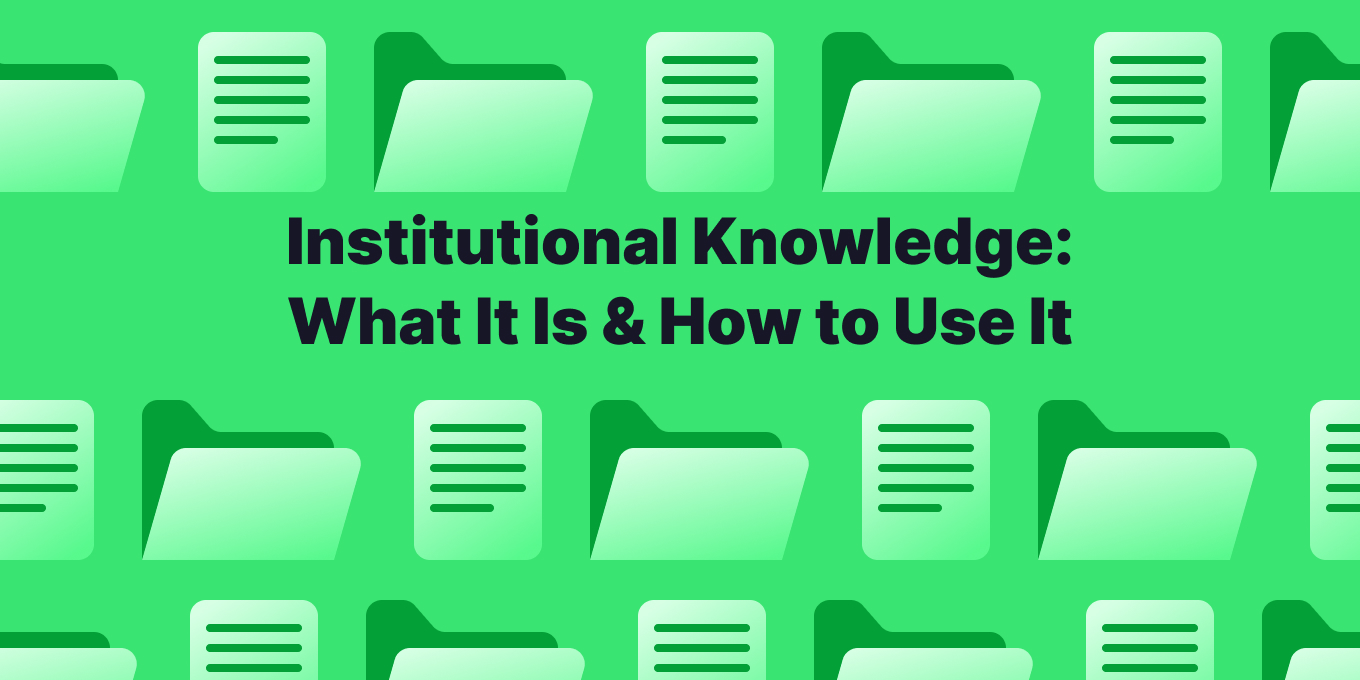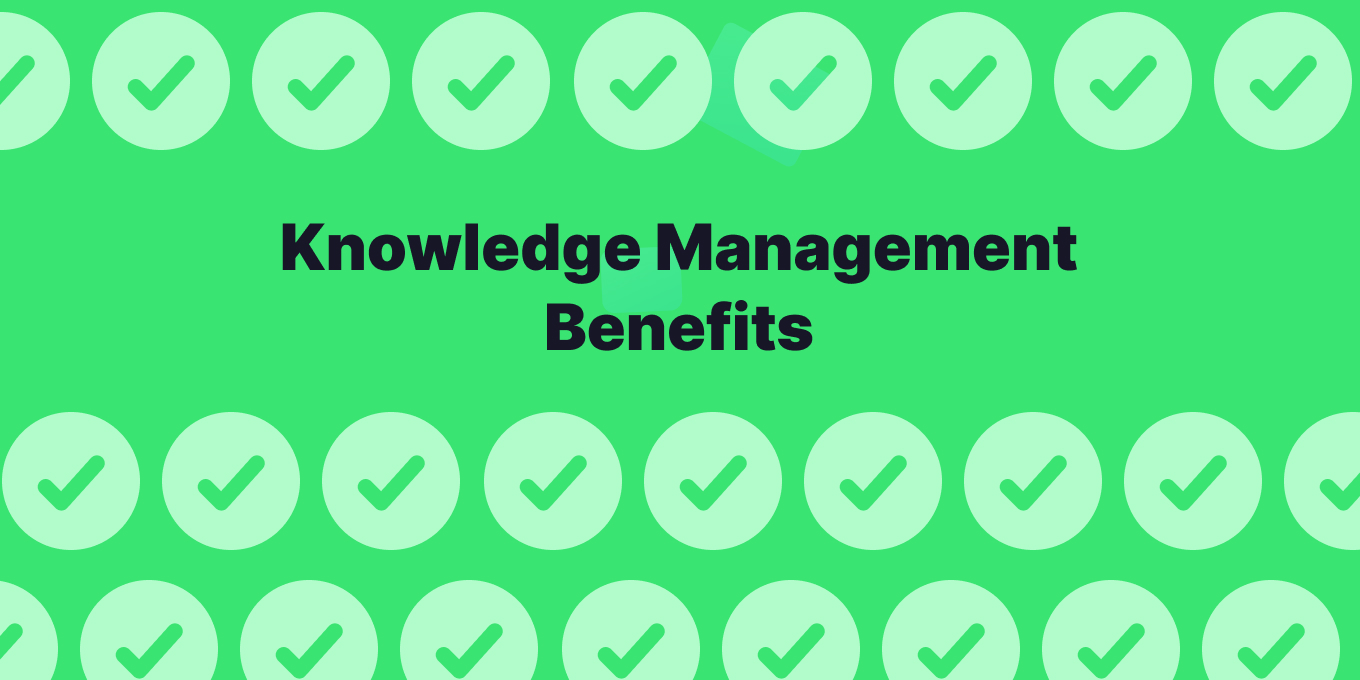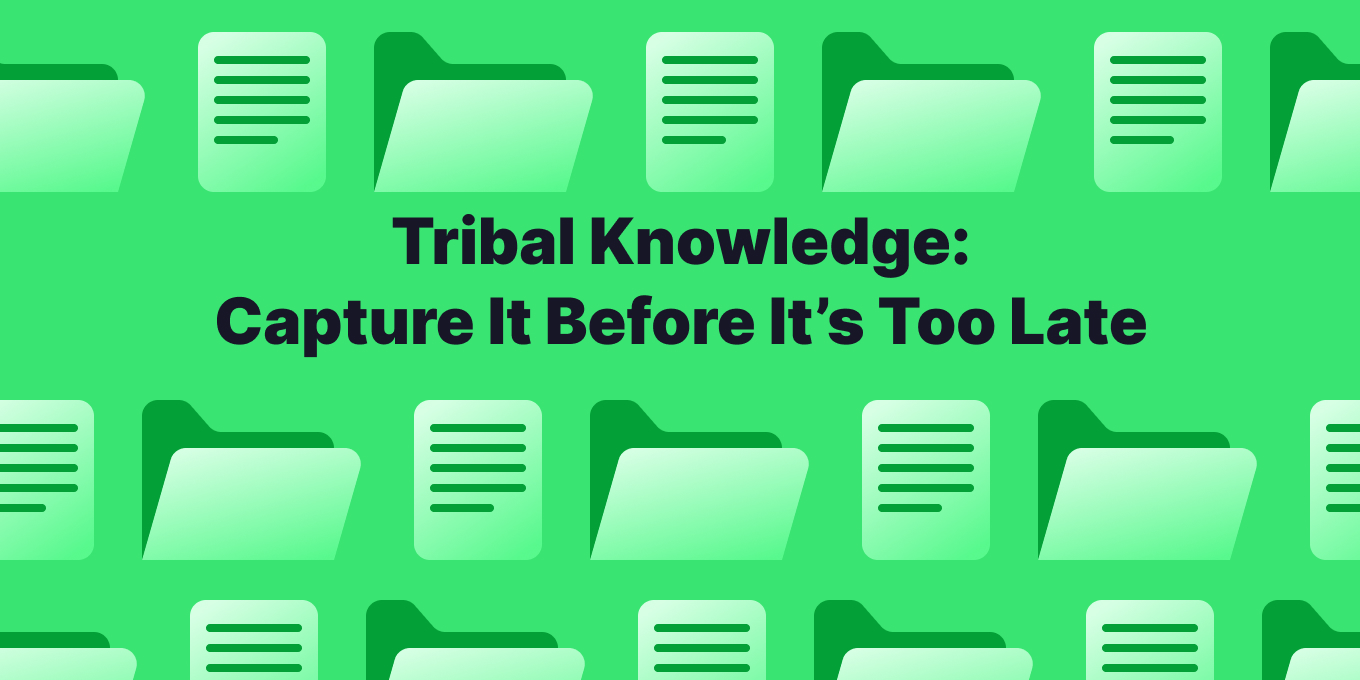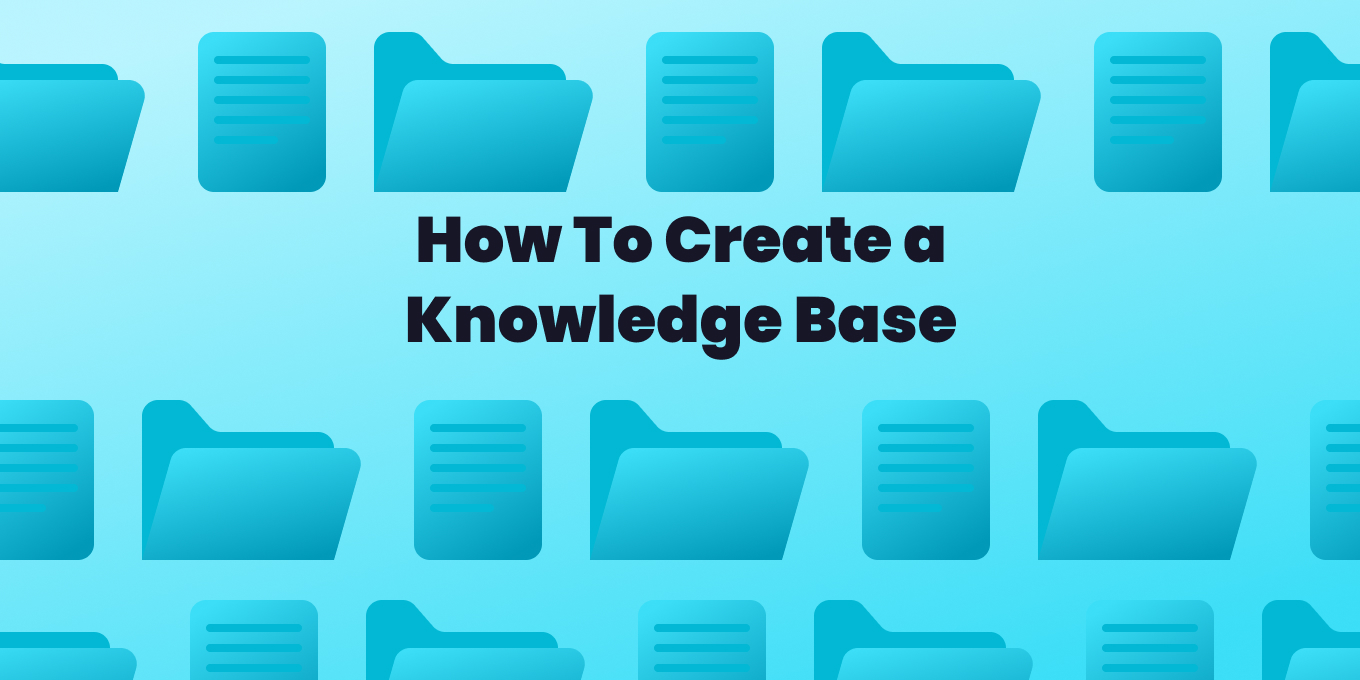When the BP oil rig exploded in the Gulf of Mexico in 2010 — taking 11 lives and spoiling the aquatic ecosystem — many wondered, “Couldn’t this disaster have been prevented?”
As entrepreneur and business writer Margaret Heffernan told BBC, a similar explosion had occurred just five years earlier at BP’s Texas City refinery. She notes:
“There were exhaustive investigations as to its causes, [but] nobody did very much to encode the memory.”
It’s possible that by leveraging knowledge management to properly document and share the institutional knowledge from the previous accident, the second explosion may have been avoided.
More about organizational knowledge:
Not every knowledge gap will result in a disaster like the BP oil spill. But as companies evolve and turnover rates rise, businesses risk losing valuable expertise that could make or break their future.
In fact, Pew Research found that 10,000 Baby Boomers now reach retirement age every day, with fresh-faced millennials and Gen. Z employees swooping in to take their places.
The question is: How will that experienced employee or retiree pass on their organizational knowledge?
“It’s one of those sleeping giants most people don’t think about,” Dr. Andrew Peña, assistant vice president for human resources at New Mexico State University, told Crain’s Detroit. “If you don’t do something proactively today, you’re going to be stuck with employees who know basic tasks but don’t have that institutional knowledge.”
That’s why we’re here to help. Let’s talk about why institutional knowledge is important, how to stop knowledge loss, and how you can document it to create more streamlined processes for your business. And then ensure that you capture that knowledge so it’s transferred to the rest of the organization effectively.
What is Institutional Knowledge?
Institutional knowledge is the combination of experiences, processes, data, expertise, values, and information possessed by company employees. It can span decades and comprise crucial trends, projects, perspectives and that define a company’s history.
According to the The International Federation of Library Associations and Institutions, institutional knowledge can be broken down into two groups:
- Explicit knowledge or tangible knowledge, including documents, records, and reports that can be stored and passed between people.
- Implicit knowledge or intangible knowledge, including personal stories, skills, and intuition-based learnings that are more difficult to communicate. This type of knowledge can often be transferred through trainings and mentorships. That’s the institutional memory that goes out the door with retirees and former employees.
With this knowledge at their fingertips, employees can better understand company operations and make more informed decisions when it matters most.
How Can Institutional Knowledge Help Teams Succeed?
As employees walk out the door to retire or take other jobs, you don’t want their institutional knowledge to go with them. Even major changes like promotions and mergers can cause knowledge to get lost in transition and translation.
As Ron Ashkenas wrote for Harvard Business Review:
“Organizations spend a lot of time and resources developing knowledge and capability. While some of it gets translated into procedures and policies, most of it resides in the heads, hands, and hearts of individual managers and functional experts.”
That’s why it’s crucial to document institutional knowledge.
This knowledge can serve as a foundation and guidepost for developing new products, providing customer service, and optimizing business strategies.
Even if you need to look back at a strategy and say, “That didn’t work. We won’t be using that idea,” it helps lead you in the right direction.
All of this is a fundamental part of good knowledge management.
In his survey of Gen. X and millennial employees, Dr. Peña found that both groups believed their institutional learnings were “very important and had value.” They also said this knowledge would be difficult to replace or replicate and “would be a critical issue if not addressed by management.”
So if you’re on the fence about the importance of institutional knowledge, just ask your employees. Chances are, they can humble brag about why it’s so valuable.
How Can Companies Document Institutional Knowledge?
Now let’s get down to the nitty gritty — how to actually go about preserving that institutional knowledge.
Here are actionable strategies you can start using today, and examples of organizations that have found success with them.
Use an internal knowledge base or wiki
You could document institutional knowledge with an array of disparate tools like Google Docs, Evernote, and Dropbox.
Or you can take that documentation a step further and use one, centralized platform like a company wiki.
Take Intel, which built its own internal wiki called Intelpedia. It’s an all-in-one platform for the company’s procedures, operations, and history.
Ideally, this collaborative tool can be accessed throughout the company and updated in real time. Tettra, for example, makes it easy for teams to document their knowledge on our platform and even connect to Slack, so communication and information are seamlessly joined together.
Launch a video series
Documentation doesn’t just have to be text-based. You can also create quick visuals like video series to share institutional information.
Just look at workforce development firm Educational Data Systems Inc. The company creates 2-5-minute YouTube videos on topics like creating a spreadsheet, preparing an invoice, and operating certain machinery. Walmart also took this approach, creating “video vignettes” for its employee training exercises.
These videos aren’t just easy to consume; they’re also easy to create. You can take the U.S. Army’s word for it. Its Engineering and Support Center in Huntsville uses the screen recording tool SnagIt to quickly create short video tutorials.
“Individuals literally sit at their computers, walk through the process such as completing a time and attendance transaction and record the video,” said Russ Dunford, chief of operations for the Center. “Now when new employees come into the organization, they can view the tutorial to learn how to accomplish the process, task, form, etc.”
Make regular knowledge sharing part of offboarding
Don’t want to lose valuable information when employees leave? Ask those employees to record and organize their standard operating procedures before heading out. This could include a rundown of their daily tasks, a collection of best practices, or insights for working with specific clients.
As HR specialist Ivy Stiller shared in her cautionary tale, “Very early on in my career, my supervisor had to abruptly go out on long-term disability. I no longer had a resource for all of the things she or our two person department did, nor did I know the full scope of what she did.”
Prevent these knowledge gaps by encouraging employees to document their knowledge along the way, or at the least, record their experiences before departing for another opportunity.
How Can Companies Leverage Institutional Knowledge?
Capturing institutional knowledge is the gift that keeps on giving. Meaning, it doesn’t have to just sit in a file and collect dust until someone plucks it out. This knowledge can be used to create new training programs and inspire employees to remain engaged at work.
Here’s how.
Create mentorship programs
Invite those retiring Baby Boomers to coach new employees and transfer their knowledge. General Motors, for example, launched an online mentor portal for 4,000 staffers.
Each staffer can create a profile and search among the network to find a mentor or mentee to pair with. This is a very deliberate and helpful form of knowledge transfer, that happens naturally without any looming deadlines.
Chris Oster, GM’s Global Director for Talent Development, want to make this an organization-wide priority:
“We want to foster leaders to be coaches, and mentoring is one of the best ways to do that. It’s really about encouraging both sides of that equation to make the connection.”
Even the Royal Navy’s nuclear program has a mentorship initiative, called the Project on Nuclear Issues. It helps sixty-something veterans meet with twenty-something new recruits to pass on their knowledge through innovative exercises like stage plays and war games.
Build new forms of training
You can also pump this institutional knowledge into new and interactive training programs.
Take GM, which partners with Harvard to run a six-month, online “mini MBA” program for select employees. People across the organization also partake in a two-year track through different jobs in their field. “They get a breadth of exposure in their area of the business before they specialize,” Oster said.
Towards the same end, UK womenswear brand David Nieper developed a 12-week sewing school for prospective employees. Here, they learn from accomplished dressmakers about thread control, cross-stitching, and working with different fabrics.
“Many seamstresses in clothes manufacturing only make one part of a garment e.g. a leg, arm or collar on a production line, but our trainees will benefit from learning how to make the whole garment,” said Carol Shaw, one of the teachers. “At the end of the course we are hoping to offer jobs to trainees who have demonstrated a good eye, good coordination and a good aptitude for creating fashion in luxury fabrics.”
Incentivize employees to learn
Keep new employees engaged and inspired by tying institutional knowledge to their career development. According to PricewaterhouseCoopers, millennials most desire three qualities from their workplaces:
- Opportunities to advance their careers
- Competitive salaries and financial incentives
- Effective training and development programs
Businesses can use institutional knowledge to check all three of these boxes:
- Provide documents, quizzes, or classes that employees can complete to advance their careers.
- Offer financial incentives for completing educational programs.
- On-board employees with a wealth of documents from retired or experienced employees, so they can get started on the right foot.
“Just as you want to vet your experienced employees who are sharing the information, you should pay close attention to the employees who will inherit the knowledge,” Angela Pilotti wrote for Independent Agent. “While some millennials will undoubtedly jump ship, investing in the development of your best young workers can boost long-term retention.”
Get more tips about knowledge management from Tettra:
- What is knowledge management? The basics explained
- 8 examples of knowledge management systems
- 5 steps of the knowledge management process
- Here’s your knowledge management strategy
- 11 best knowledge management tools to use right now
Institutional Knowledge is Power
Institutional knowledge has the power to shape the future — and past — of your organization. You don’t necessarily need to hire a Chief Memory Officer. (Yes, that’s a real thing and not a bureaucratic goon from Orwell’s 1984.) But you should take steps to document and protect your institutional knowledge.
After all, this knowledge is created every day — with each employee, campaign, and client interaction. So whether you sign up for an internal wiki platform or change your offboarding process, you can rest assured that employees remain connected and able to perform to their fullest potential.
Use Tettra To Capture Internal Company Knowledge
Tettra is an AI-powered knowledge management system that helps you curate important company information into a knowledge base, use it to answer repetitive questions in Slack and keep it up-to-date, organized, and complete with automation.
Tettra offers a full suite of tools for sharing knowledge. With Tettra, you’ll get:
- AI-powered knowledge base software to document answers
- Q&A workflow to capture questions
- Knowledge management features to keep content up to date.
- Integrations with Slack, Google Docs, Github and Zapier to help your team answer and capture knowledge quickly





